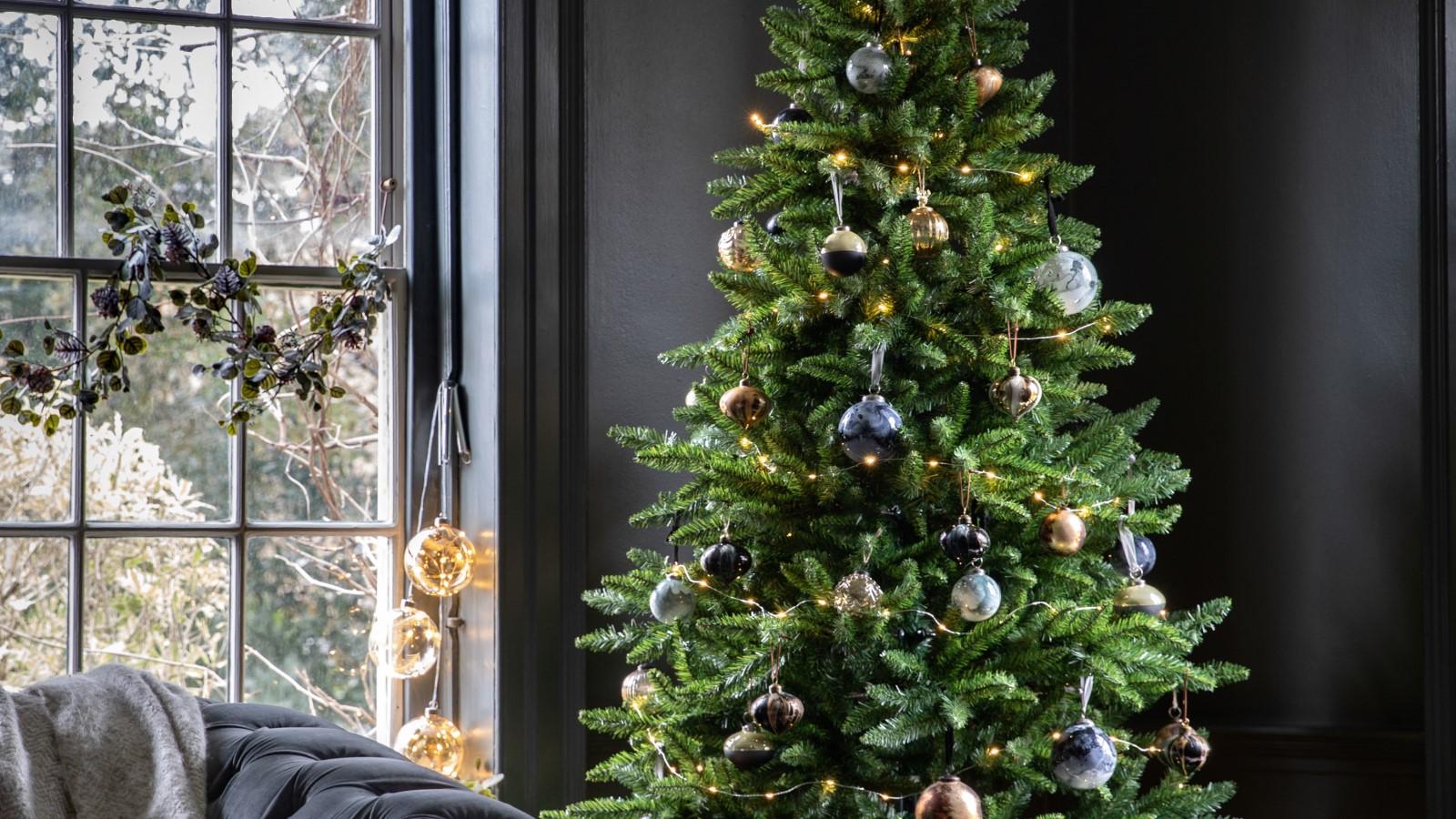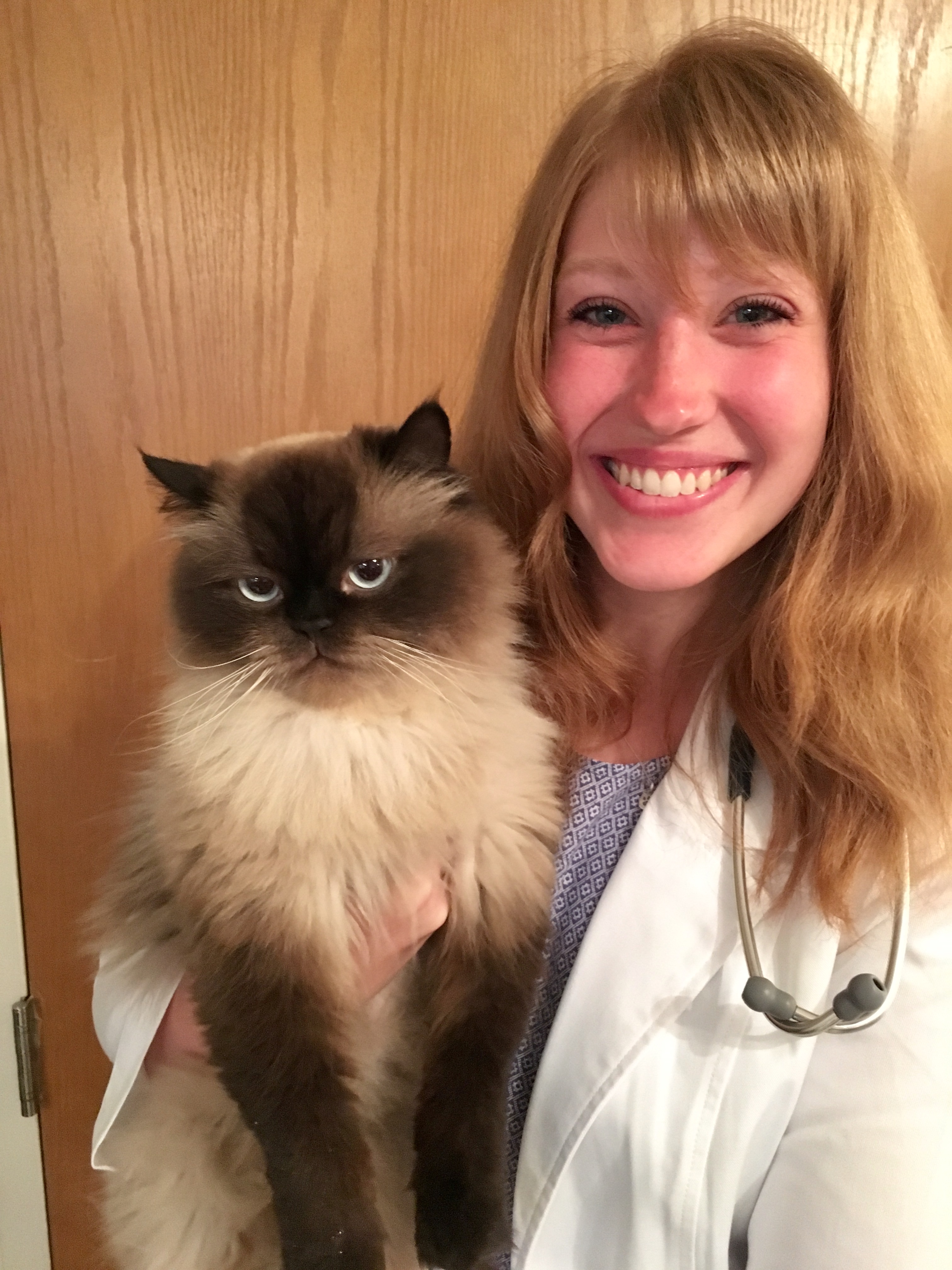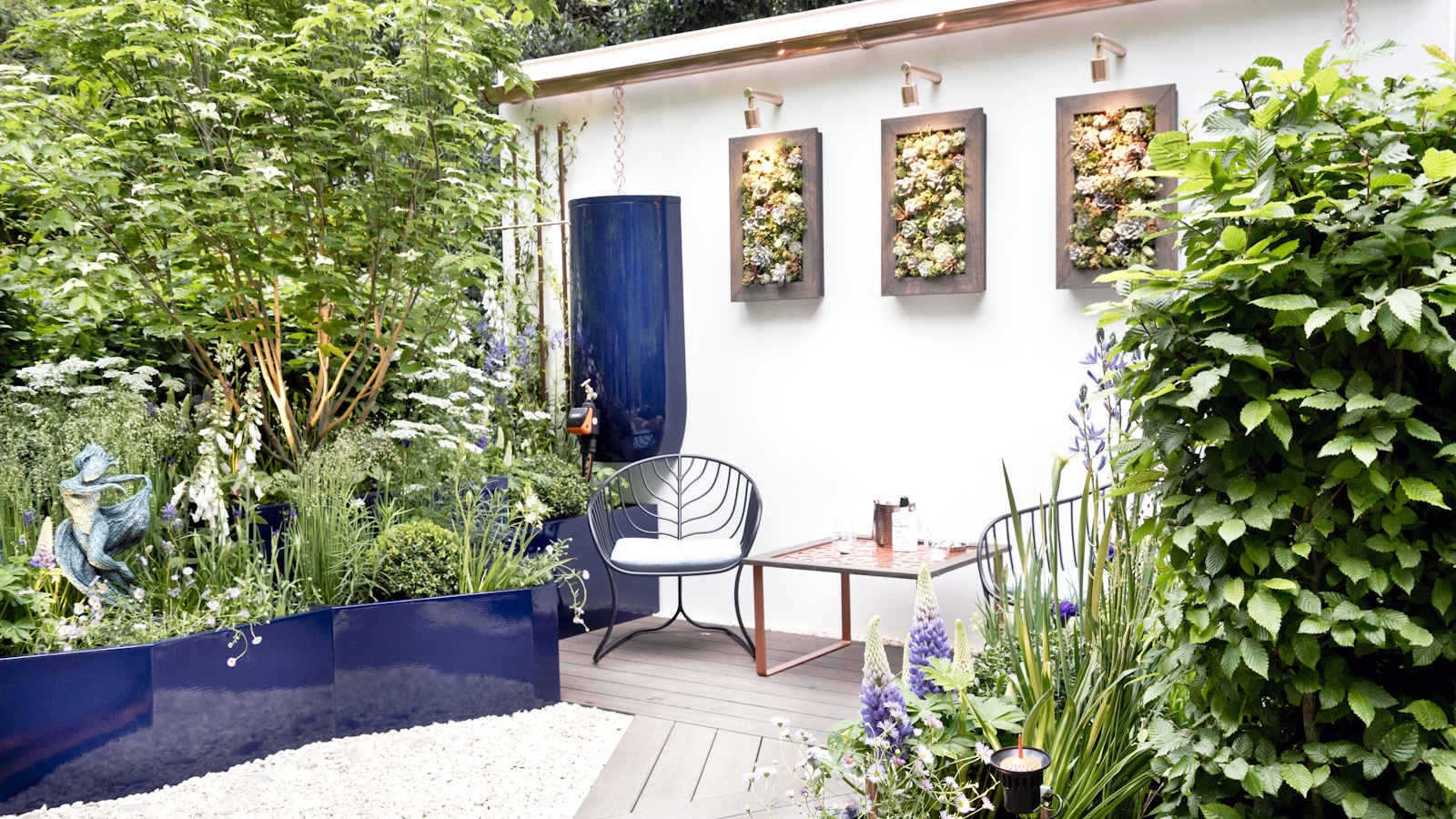How to prevent cats from destroying your Christmas tree
Is your feline tearing your beautifully decorated tree apart? Here's what you can do to prevent cats from destroying your Christmas tree


Cats and Christmas trees. Who hasn’t laughed at video recordings of adventurous felines nonchalantly smashing baubles, chewing on garlands, and crashing whole eight-foot trees to the ground?
Except it’s a little less funny when it’s your tree, decorated with family heirlooms and awaiting all the guests in approximately 30 minutes. To say nothing of the potential harm to the curious cat. So, how to prevent cats from destroying your Christmas tree?
Fortunately, there are several effective strategies for preventing your feline friend from paying too much attention to the tree. You may not be able to stop them completely from becoming a bit curious about it as cats are naturally very inquisitive and will want to explore any new object in the home.
How to prevent cats from destroying your Christmas tree
But there are things you can do to stop them from scratching, tearing, jumping, and gnawing at it. We spoke to professional animal behaviorists – here’s what they recommend you do.
1. Choose the tree position wisely
The first and probably most effective way to protect your Christmas tree from your curious cat is by positioning it in a way that will reduce the cat’s ability to jump onto it. Dr. Kristin Kuntz, a veterinarian at Insight Animal Behavior Services recommends placing your tree 'at a safe distance from couches, chairs, bookshelves, or other items that the cat tends to perch to reduce the likelihood of the cat jumping from the furniture onto the tree.'
Depending on how agile your cat is, and especially if you have a small living room, there may not be a place that’s sufficiently far away from potential launching pads for your cat. In any case, Kuntz advises using 'a sturdy, stable, weighted tree stand to help prevent the tree from tipping over,' or securing the tree to the wall. Christmas tree stands are widely available on Amazon, Home Depot, and your local hardware stores.
2. Delay decorating your tree
Your Christmas tree is most exciting to your cat in the first few days of you bringing it into the house. The new smell and sight are stimulating, which is why you almost certainly won’t be able to completely keep your cat away from the tree. Dr Kuntz believes that rather than trying to prevent your cat from exploring the tree, a better tactic may be making the tree 'less appealing to the cat.'
How? Kuntz recommends leaving the tree standing for a few days without any decorations on it, 'to allow the cat to acclimate to its presence.' Once your feline is accustomed to the smell and look of the tree, she/he will likely lose interest in it and will be less likely to destroy the tree once it’s been decorated.
3. Decorate safely
When decorating your tree, Kuntz advises tying the ornaments to the tree rather than hanging them off of a hook. Think about the appropriate position of the ornaments, too: heavy-duty ornaments should go at the bottom of the tree, while the delicate, valuable ornaments out of reach at the top of the tree.
Perhaps most importantly, protect your Christmas lights. Conceal any wires and cords to reduce the cat’s temptation to chew on these items and use cord protectors, at Amazon, as needed. Always unplug the lights during the night and when you’re not at home to supervise your cat.

Dr. Kristin Kuntz is a Diplomate of the American College of Veterinary Behaviorists and an associate veterinarian at Insight Animal Behavior Services. Dr. Kuntz enjoys supporting dogs, cats, and their families throughout treatment for various behavioral disorders.
4. Cover up the tree stand
Some cats may misinterpret the tree stand as a water bowl, so cover it up. Exploring Christmas tree skirt ideas will enhance your festive decorating scheme as well as keep your cat away from the water. Another thing to note is that if your cat has tried drinking from the Christmas tree stand, she likely isn’t getting enough water. Try adding an extra water bowl in a new place, or get a cat water fountain, at Amazon to make drinking more fun for your cat.
5. Distract your cat with new toys
This is by far the most effective strategy for preventing cats from destroying your Christmas tree. A cat that’s too interested in your tree is probably not getting enough playtime or is bored with her toys. It could also be the case that there aren’t enough places in the house for the cat to perch, so the tree seems like an enticing observation point.
Why not get Christmas gifts for your pets as well as for everyone else? From toy mice to laser pointers and cat trees, there’s so much to explore that will help your cat satisfy her curiosity and need for play.
Dr. Jill E. Sackman, a board-certified animal behaviorist, endorses this as the single best way you can prevent your cat from destroying your tree. 'Provide lots of other interesting alternative climbing, perching and playing activities for the cat', she advises.

Jill Sackman is a Diplomate of both the American College of Veterinary Behaviorists and the American College of Veterinary Surgeons. She is the owner and founding veterinarian of Animal Behavior Consultants of Michigan.
6. Avoid punishment
We get it. Despite your best efforts, your cat has jumped up onto the tree yet again. It’s frustrating. You start shouting or throwing your slippers at the cat. The cat panics; chaos ensues. Avoid this scenario – it will make things worse in the long run. 'Avoid punishing the cat for showing interest in the tree', says Dr Kuntz, as punishment 'may cause the cat to become fearful and is only likely to stop the behavior from occurring in the pet parent’s presence.'
Instead, 'offer the cat alternative forms of entertainment in a separate play area away from the tree. Such entertainment can include interactive cat toys (e.g. motion-activated toys, wand toys), food/treat puzzles, Cat TV, social attention, and reward-based training.'
7. Mistakes to avoid
We’ve already covered that punishment won’t work to dissuade your cat from messing with your tree. Several other things are often promoted on the web as tips or hacks for this problem that are either ineffective or downright harmful. These are:
- Spraying trees with essential oils. You’ll read tips online advising you to spray your tree with citrus or citronella essential oils. Both are highly toxic to cats and if your cat does end up chewing on your tree, she could get very sick. Cats indeed hate the smell of citrus – the potential harm to your cat in this instance isn’t worth the hassle, though.
- Covering the tree with tinsel. This is probably the worst advice we’ve heard. Not to sound too scaremongering, but cats can die from intestinal blockages caused by tinsel: as it happens, they love chewing on the stuff even more than they love nibbling on other things on your tree. Avoid.
- Using aluminum foil. This cat owner tried this hack and it didn’t work. While some cats do dislike the sound/feel of foil, other cats frankly don’t care, and aluminum foil wrapped around the base of the trunk doesn’t deter them from the tree. In fact, younger cats may even try nibbling on the foil, so be cautious if trying this method.
FAQs
Why do cats destroy Christmas trees?
To a frustrated human who has put time and effort into decorating their Christmas tree it can seem as if their cat is hellbent on destroying the fruits of their labor deliberately. The fact is, though, that this simply isn’t true. If your cat is repeatedly going for the tree it’s likely simply curious or bored and doesn’t have enough stimulation in your home. Both problems can be addressed via the tips we’ve outlined above.
A contented cat that gets enough playtime and stimulation will likely only be interested in the Christmas tree for the first few hours of it being in the house. So opt for a distraction technique in the form of some early Christmas treats be it toys, puzzles or a cat water fountain.
Sign up to the Homes & Gardens newsletter
Design expertise in your inbox – from inspiring decorating ideas and beautiful celebrity homes to practical gardening advice and shopping round-ups.

Anna is a professional writer and academic. She taught English Literature for several years before joining Future where she wrote for Real Homes, Homes & Gardens and Livingetc for four years. She is a regular contributor for Parade Home, BiggerPockets, and many other publications. In her spare time, Anna enjoys hiking and gardening.
-
 ‘It leads to more headaches than it's worth’ – 4 reasons you should never store things in your oven, including fire risks and serious illness
‘It leads to more headaches than it's worth’ – 4 reasons you should never store things in your oven, including fire risks and serious illnessYour oven is for cooking, and cooking only, experts urge
By Chiana Dickson
-
 Urban gardening ideas – 7 creative ways to grow in small spaces, balconies, containers, indoors, and more
Urban gardening ideas – 7 creative ways to grow in small spaces, balconies, containers, indoors, and moreMake the most of your space with these innovative ways to garden
By Tenielle Jordison